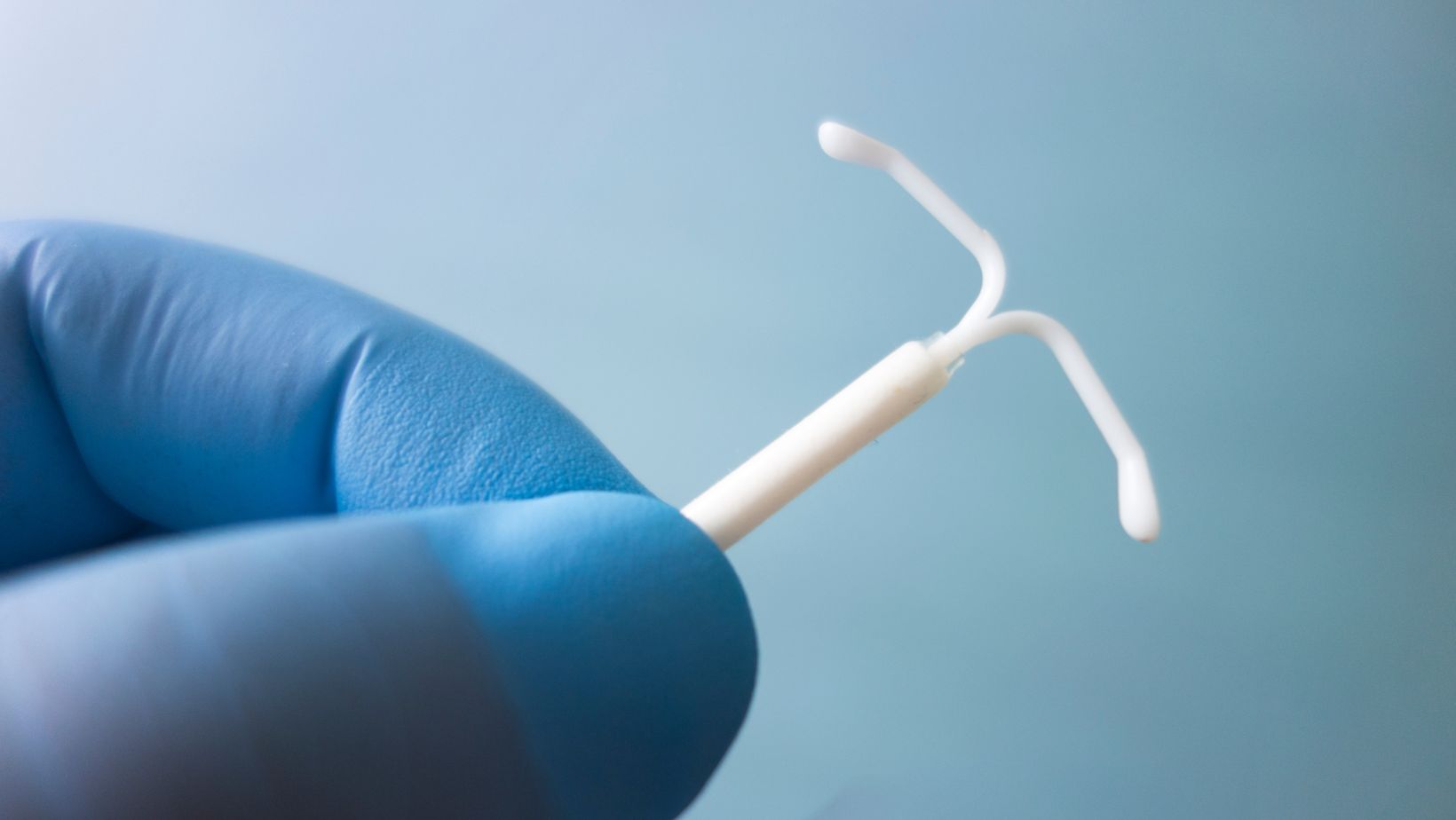In the world of contraceptive choices, Intrauterine Devices (IUDs) have emerged as a popular and effective option for women seeking long-term contraception. However, navigating the nuanced health effects of IUDs requires an understanding of their mechanisms, benefits, and potential risks.
In this guide, we will discuss the various aspects of IUDs, offering valuable insights for women considering or currently using this contraceptive.
The Mechanism of IUDs
Intrauterine devices (IUDs) operate on a simple yet highly effective mechanism, providing women with a reliable form of contraception. There are two main types of IUDs: copper-based and hormonal.
According to the Cleveland Clinic, copper IUDs release small amounts of copper into the uterus, creating an environment toxic to sperm. On the other hand, hormonal IUDs release progesterone, primarily inhibiting ovulation and thickening cervical mucus.
This dual-action mechanism significantly reduces the chances of fertilization, offering women a robust contraceptive solution that requires minimal user intervention.
IUDs and Menstrual Health
Concerns about IUDs affecting menstrual health are common but often rooted in misinformation. Research indicates that while some women may experience changes in menstrual flow or patterns, these alterations are generally mild and temporary.
According to Healthline, copper IUDs may lead to slightly heavier periods, while hormonal IUDs often result in lighter or even absent menstruation. It is essential to dispel myths surrounding IUDs and menstrual health.
This helps ensure that women have accurate information to make informed choices about contraception aligned with their individual preferences and comfort levels.
Managing Side Effects
While IUDs are generally well-tolerated, some women may experience mild discomfort or side effects during and after insertion. Common side effects include cramping, spotting, and temporary changes in menstrual flow.
To manage these potential discomforts, healthcare providers often recommend over-the-counter pain relievers and heating pads. It’s crucial for women to communicate openly with their healthcare providers about any concerns.
This allows for personalized guidance on mitigating side effects and ensuring a positive experience with IUD use.
Fertility After IUDs
One common misconception about IUDs is their impact on fertility post-removal. Research consistently demonstrates that fertility returns rapidly after IUD removal.

The contraceptive effect is reversible, allowing women to regain their fertility quickly, often within a menstrual cycle or two. This information is crucial for individuals planning to conceive in the future, providing reassurance about the temporary nature of IUD-related contraception.
IUDs and Sexuality
IUDs have minimal impact on sexual health and intimacy for the majority of users. Unlike some hormonal contraceptives, which may affect libido, IUDs generally do not interfere with sexual desire or performance.
In fact, many women appreciate the freedom IUDs provide, allowing for spontaneous and stress-free intimacy without the need for constant contraceptive management. Open communication with a healthcare provider can address specific concerns and ensure that IUDs align with individual sexual health goals.
Contraindications and Precautions
While IUDs are suitable for many women, there are certain contraindications and precautions to consider. Women with active pelvic infections, unexplained uterine bleeding, or a history of certain reproductive health conditions may need to explore alternative contraceptive options.
Additionally, those with allergies to copper or specific components of hormonal IUDs should exercise caution. It’s crucial for healthcare providers to conduct thorough assessments before IUD insertion. This ensures that individuals with specific medical histories are aware of potential risks and suitable alternatives.
Navigating Legal Landscapes
The landscape of IUDs, while generally considered safe, has not been without legal scrutiny. One notable case involves the copper-based IUD, Paragard, a device renowned for its long-lasting efficacy in preventing pregnancy. Paragard, being a non-hormonal IUD, has been a popular choice for women seeking contraception without hormonal interventions.
According to TorHoerman Law, Paragard has faced legal challenges in recent years, with some users filing lawsuits claiming complications during the removal process. As per a February 2024 update by Drugwatch, a total of 2,444 cases are pending in Paragard MDL. While Paragard is designed to be easily removable, some individuals have reported breakage or fracturing of the device during extraction.
These lawsuits have prompted increased vigilance within the medical community and regulatory bodies. It’s crucial for individuals considering or currently using Paragard to be aware of these legal matters. The Paragard lawsuit underscores the importance of open communication with healthcare providers about potential risks and complications.
Steps are being taken to ensure that appropriate information is made available to both healthcare professionals and users of such devices.
Emerging Innovations
The landscape of IUD technology is continually evolving, with researchers and manufacturers working towards innovations that enhance user experience and effectiveness. Some promising developments include advancements in materials, such as biodegradable polymers, which could offer environmentally friendly options.
Additionally, researchers are exploring ways to improve insertion techniques, making the process more comfortable for users. The ongoing exploration of smaller yet equally effective IUDs is another avenue of innovation, catering to a broader range of women.
By staying informed about these emerging technologies, women can look forward to a future where IUDs continue to provide safe and convenient contraceptive solutions.
In summary, navigating the complexities of IUDs requires dispelling myths, managing potential side effects, and understanding legal landscapes. Contrary to misconceptions, fertility swiftly returns post-removal, providing flexibility for future plans.

Legal challenges, such as the Paragard lawsuit, emphasize the importance of open communication with healthcare providers. Despite legal scrutiny, ongoing innovations, from biodegradable materials to improved insertion techniques, promise a future where IUDs remain safe and convenient contraceptive options.
Empowering women with accurate information fosters confident decision-making in embracing the evolving landscape of intrauterine devices.





